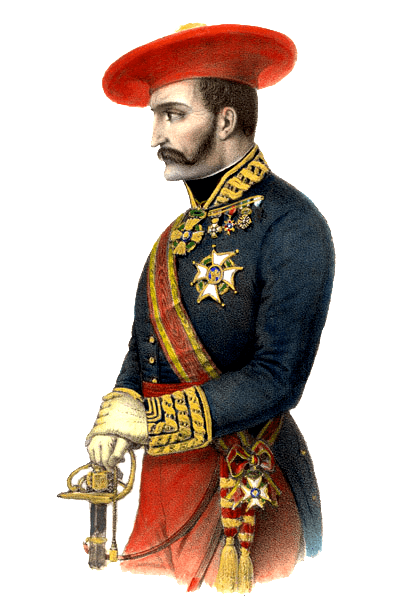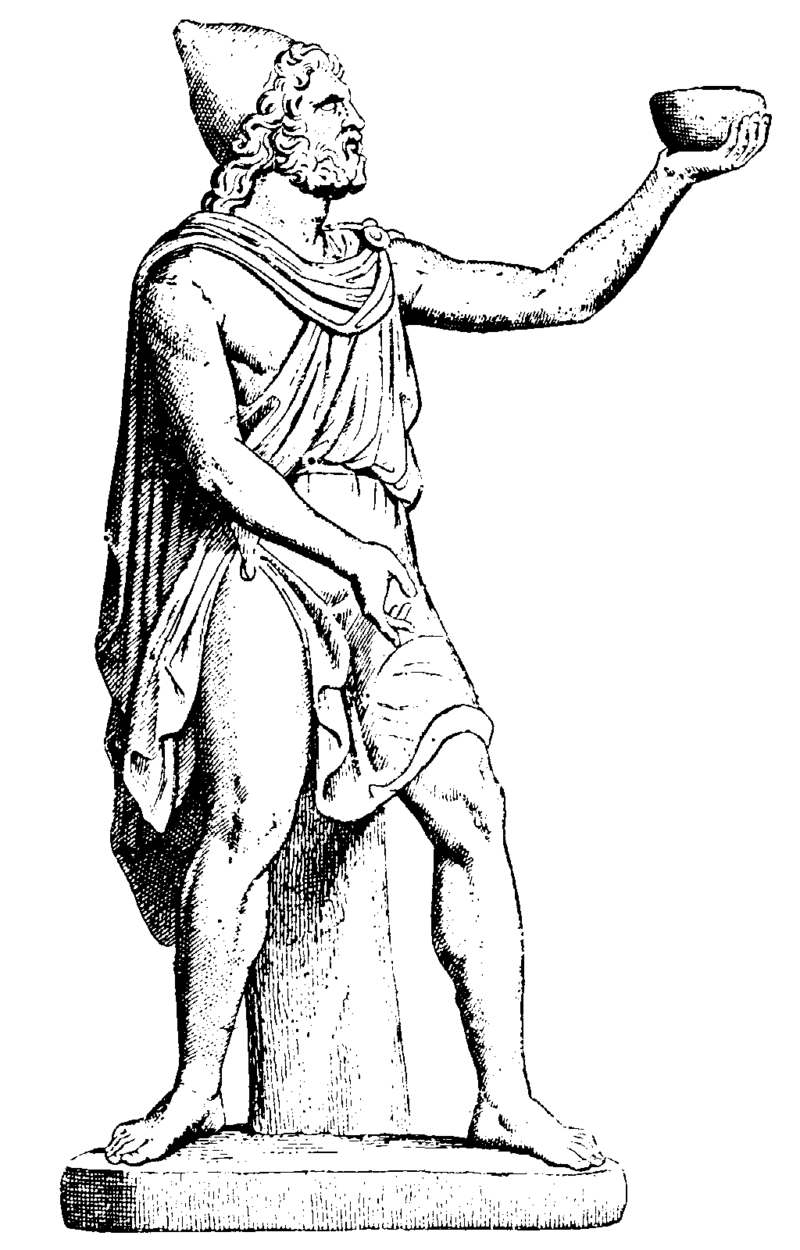The beret is one of the most recognizable headgears in history, at is worn by countless legendary celebrities and political figures that have changed not only one country, but the entire world. However, the beret was not always a headwear worn by the elite or the upper class, since it was predominantly seen in the heads of the lower class that works as peasants or artists in the past. Let’s dive into the rich and tumultuous history of the beret hat.
The Pileus and the Petasos
Historians believed that the beret hat came from the combination of two kinds of hats that originated in ancient Greece. These hats are called pileus, which is a hat that has a cone shape, and petasos, a flat cap that has a wide brim to block sunlight. The pileus and petasos were seen in various scraps, paintings, and sculptures found in Greece and in tombs around Denmark and Italy that have been built during the Bronze Age. All of these hats were made of wool.
During the 13th century, a hat that looks similar to the pileus and the petasos became quite popular among the locals of Europe, and this hat was made entirely of felt. Felt is a material that consists of wool that is mixed with water and is pressed and condensed together to form a stronger and sturdier textile than regular wool.
However, felt was not really used for headwear before the 13th century, as it was first utilized as filler for shoes to protect the feet from getting frost bites from the harshest winters. After the people who created felt realized that the material can be used to make other pieces of clothes, they eventually created shirts, jackets, and hats made of the textile.
The Peasant’s Hat
It is interesting to note that felt during that time is quite cheap to purchase and to use as a material for clothes. Its relatively low price made felt an excellent choice of clothing material for people in the lower class during the 15th century in Europe.
Peasants are not the only ones who are wearing a beret, but artists such as Johannes Vermeer and Rembrandt have worn it and have even incorporated the headwear in their artworks. The presence of the beret in various European artworks has made the headwear a favorite among art enthusiasts until today.
A Military Symbol
The beret was only worn by the elite, military leaders, and politicians during the 1800s. One of the first who appeared in paintings and in public while wearing the beret is Tomas Zumalacarregui, a Captain General who was the leader of the Carlist faction during the First Carlist War in Spain.
Also, it was during the 1800s when the term “beret” was first used to describe the distinct hat. The name comes from the Latin term “bearnaisberret,” which means a flat cap made of wool that is worn by peasants.
Besides being worn by a general of the Carlist faction, the beret is seen being worn by the Chasseurs Alpins, which are French infantrymen that are experts in mountain and urban warfare. These soldiers wore berets that are blue in color during the late 1800s, and today, the Chasseurs Alpins still wear berets, albeit in various colors.
Beret for Fashion
During the 1900s, the beret moved on from being worn by peasants and soldiers to being a fashion statement for women, as they believed that the beret looks stylish besides being functional.
Famous figures from the 1900s began wearing the beret frequently, and this array of celebrities include Ernest Hemingway, a prolific author who wrote some of the best novels in literature, and Arletty, a French actress who was known not only for her movies but also for being arrested for having an intimate affair with a German soldier during World War II.
Wartime Beret
Speaking of World War II, the beret was also constantly seen on the head of soldiers during the war, as the materials used for making it is still cheap and can be mass-produced for thousands of soldiers in Europe and the United States.
One of the most notable groups or units that have worn berets during the war the Royal Tank Corps, who have been wearing the headwear since World War I. It is stated that the tank unit wore berets as it fits snug enough to prevent itself from being blown away or falling off from their heads while going inside a tank. In addition, they wore black berets to hide oils that they will usually get while in the military vehicle.
Many other military units would adapt to wearing berets after World War II, such as the United States Army Special Forces, a group that is mostly known as the Green Berets, and the Sri Lankan Army.
Beret Revival
Several years after World War II, the beret came back as a fashion statement and also as a political symbol for revolutionaries during the late 1950s until the early 1960s.
The most notable celebrity who has worn the beret during this period was Pablo Picasso, a painter, and sculptor who will eventually become known as one of the best artists of the 20th century.
However, as previously stated, the beret was also used as a political symbol by many figures in the world, and two of these figures are Fidel Castro and Che Guevara. It is presumed that both Castro and Guevara wore berets to symbolize their empathy towards the common people since the beret was seen in the past as a headgear worn only by peasants and people belonging to the lower class.
The popularity of beret as a symbol for revolution continued until the late 1960s and early 1970s when several political organizations like the American Black Panther Party (BPP) and the Mexican Brown Berets incorporated berets as part of their members’ uniforms.
In today’s time, the beret is still considered stylish and fashionable by many people, and it is still worn by soldiers in different military factions around the world. Who would have thought that a headgear worn by the poorest class would become an iconic fashion item?


